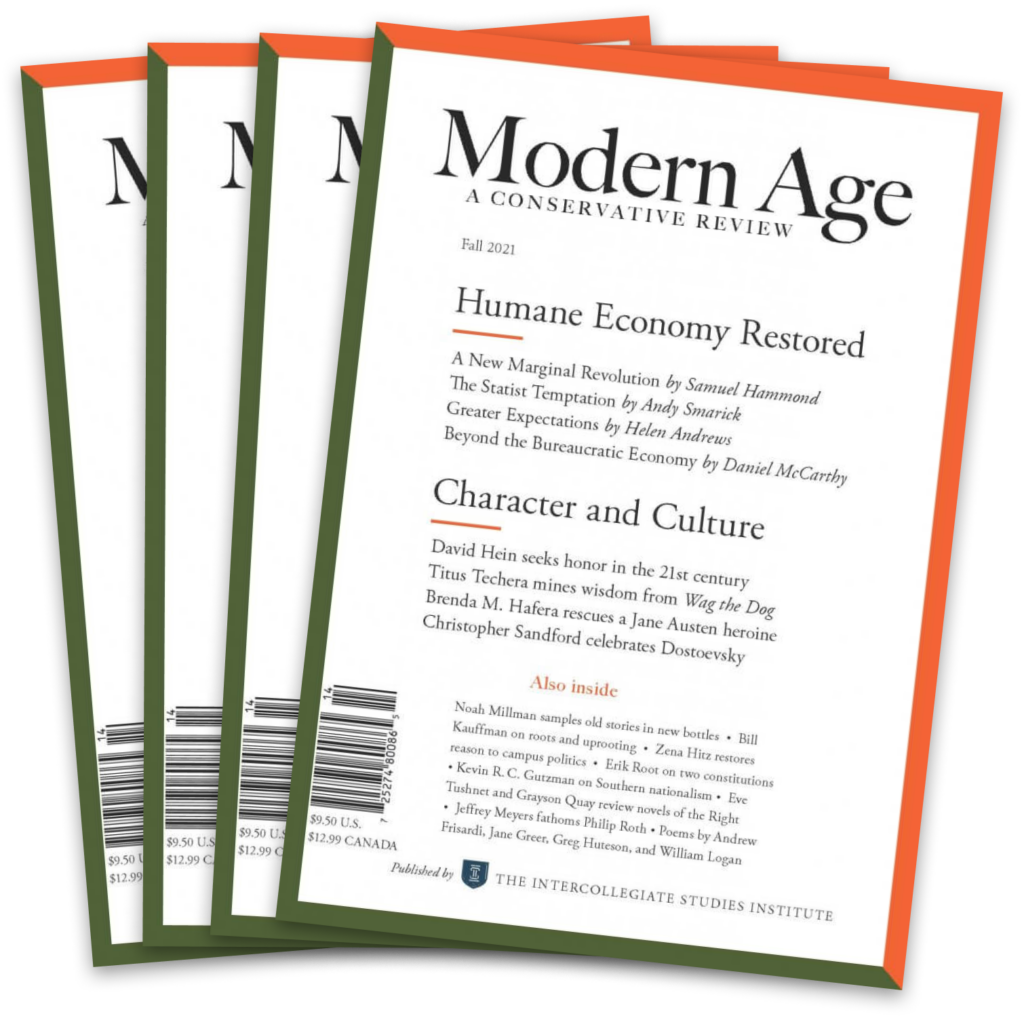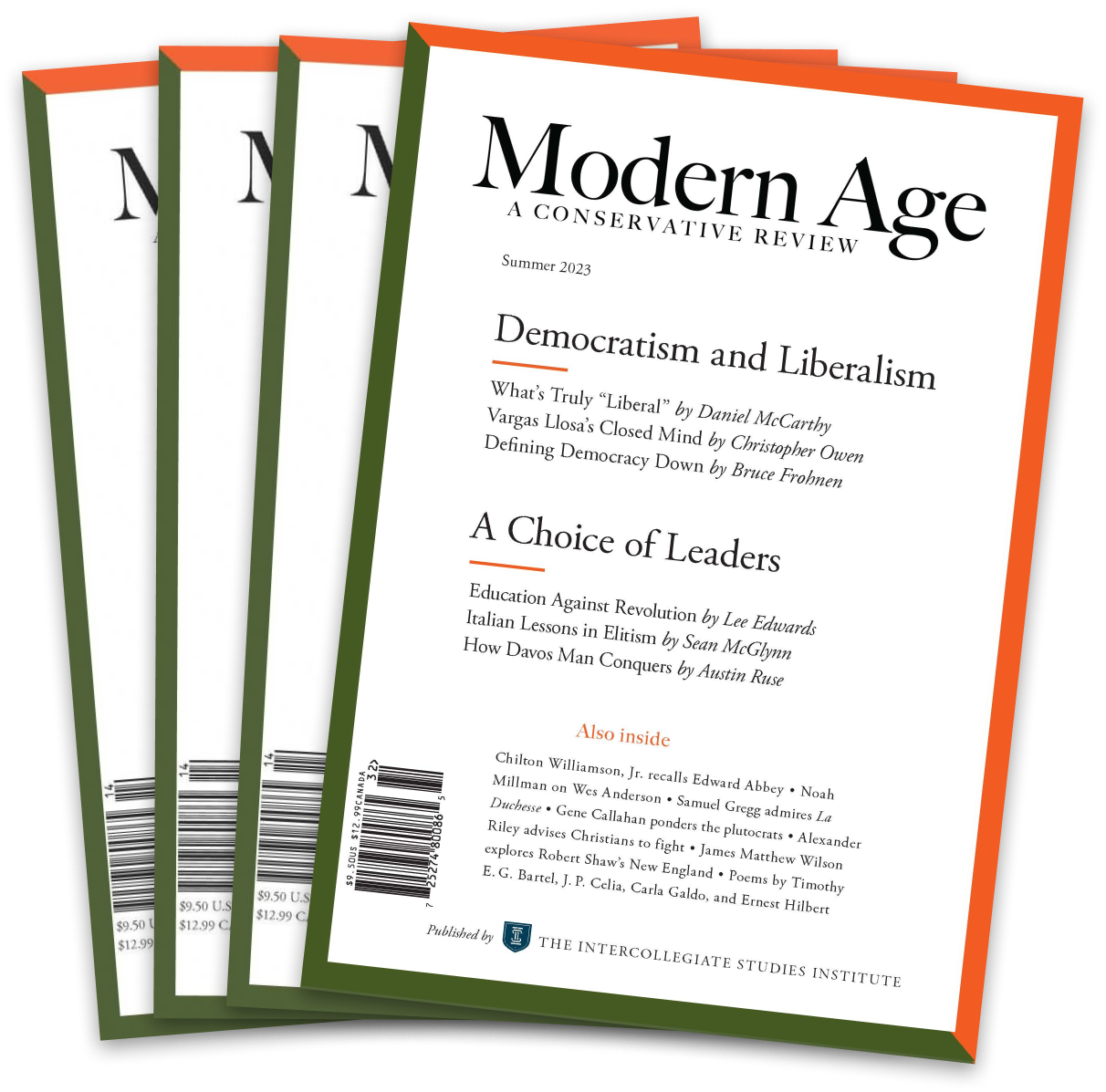When my guide and I enter the classroom and loiter inside the door, the teacher continues with a lesson on the grammar of interrogatives without a pause. A dozen kids turn their heads our way with a curious expression, but only for a moment. One of them, however, a small fellow in spectacles, sweater, and tie, rises from his seat and walks toward me with an official demeanor.
“Hello,” he begins, reaching out for a handshake. “This is fifth-grade English, and today we’re studying different kinds of questions.” I nod and thank him as he returns to his desk. None of the others notice; they’re focused on the words on the board. When the teacher asks for the grammatical subject of the “Who . . .?” sentence he’s written, the students reply as one with a general rule that sounds like a catechism, voicing together a formulaic answer they’ve learned already and can apply to fresh examples. It’s just the kind of rote, de-individualized learning that progressive educators deplore.
In a science class for older kids, where I am once again welcomed by a student who explains to me the day’s topic as everyone else proceeds as if I weren’t there, the teacher does a quick check of each student’s homework and asks those who haven’t completed it to stay after class. On the walls are the Periodic Table and a Hillsdale pennant, four tanks with fish and amphibious creatures sit on the shelves, and an expensive telescope is propped in the corner (a gift from a thankful donor, I was told). “What is a vaccine?” the teacher asks. The discussion proceeds to Edward Jenner and his experiments with cowpox. “What is the only human disease that has been fully eradicated?” he continues, and four hands rise to give an answer.
The eighth-grade English class is watching a 2011 Globe theater production of Much Ado about Nothing when I step inside. At one point, the teacher pauses the video to ask about the speedy shift in the action that the students have just witnessed, an abrupt change in the characters from lightsome humor to anger and distress. Images of T. S. Eliot and Walt Whitman are on the wall, as well as two lines from Milton’s Il Penseroso (“And join with thee calm Peace, and Quiet, / Spare Fast, that oft with gods doth diet”). In the ninth-grade Ancient History class I visit next, the teacher advises students how to approach the assigned paper topic, whose prompt is “Analyze the unconstitutional way of passing legislation which developed during the late Roman Republic.”
The school is Columbus Classical Academy in Ohio, which opened in Fall 2023. I’ve described first what actually happens in classrooms because that’s the primary determination of value. What do kids learn? What do they study and see and hear? At Columbus, signs of tradition and high culture are everywhere. In art class students refine their drawings of Gothic cathedrals, while their copies of works by Perugino and Bruegel are displayed in the hallway outside. In the main office where I sit and wait for my guide, I spot two books on an end table, Classics to Read Aloud to Your Children, edited by William Russell, and Stories and Poems for Extremely Intelligent Children of All Ages, selected by Harold Bloom. The lobby has a large panel with a quote from Chesterton, the first thing visitors see: “Education is simply the soul of a society as it passes from one generation to another.” Before the talk I delivered that evening to seventy-five people in the Columbus Classical community, an eighth-grader took the podium and recited from memory the opening and final paragraphs of the Declaration of Independence.
His performance is unsurprising. Head of School Dan Gibson tells me that every school day begins with a full assembly where everyone recites a prayer, the Pledge of Allegiance, and the Honor Code before a couple of kids deliver poems they’ve memorized and prepared. On the school blog he’s written two entries this month hailing the benefits of memorization. The first thing the eighth-graders tell me at lunch (with no teachers present) is how much work they have to do. “Teachers here really know their subjects,” says one. “This is much harder than public school, lots more homework,” says another. “Four years of Latin!” blurts one more. The content of the classrooms I observed proves that their complaints are not just standard grumbling. Kids take French in elementary school before switching to Latin in sixth grade. Everyone does piano in early grades, ukulele in later grades.
Parents of these kids come from all walks of life: lawyer, financial advisor, truck driver, small business owner, speech therapist, and nurse. The literature teacher taught rhetoric and composition at a nearby community college until the anti-literature bias of the curriculum sent him to a place where he could profess the things he loves. He informs me that in tenth grade, which will be added next year, students will read Paradise Lost, a Jane Austen novel, and A Tale of Two Cities. They will also have to take Introduction to Moral and Political Philosophy. The science teacher (B.S. in biology at Hillsdale, M.S. in Earth and Environmental Science from Wright State) could make more money in public schools, but he has no certification and loathes the bureaucracy that goes with a government job. Another middle school English teacher assigns The Count of Monte Cristo, The Scarlet Pimpernel, and The Prince and the Pauper, requires cursive handwriting, likes to diagram sentences, and has everyone memorize “The Raven.” She had a shock before coming to Columbus Classical when she visited a school that might serve her youngest child and found that preschool students were given tablets.
Prayers are spoken every day, and while the school is nondenominational, 75 percent of the board must be professing Christians. There are no padlocks on the lockers that line the hall. Tuition (without discount) rises from $10,000 for kindergarten to $14,500 for high school. While there is an ESA bill in the Ohio legislature that has good prospects, Mr. Gibson and other leaders are careful about state support. They would accept ESA money, which doesn’t come directly from the state (as a voucher does), provided the strings attached remain minimal. In the Ohio case, there is the possible requirement that test scores be reported annually, which Columbus Classical would support. (I am told that classical educators in the state are pushing for official recognition of the Classic Learning Test.)
Parents who visit the school to consider it for their children need no further persuasion. Mere observation is enough; school leaders let the students and teachers make the case. The proof is in the numbers. In 2023–24, 47 students were enrolled. This year, the total grew by more than 50 percent. Next year, given applications received so far, Mr. Gibson and his team expect the tally to break 130, perhaps 150. This is getting to be an old story: a school opens with a classical curriculum and pedagogy, one judged fatally old-fashioned by Establishment educators, religion is inserted into daily routines, which further alienates public school officials, and the reverse transpires. Kids are happy and work hard, teachers have high and joyous esprit de corps, and parents arrive in waves. Classical education is one of the main successes of social/religious conservatism in this secular age. It’s happening in Columbus and in dozens—no, hundreds—of other locales. Keep spreading the word.














